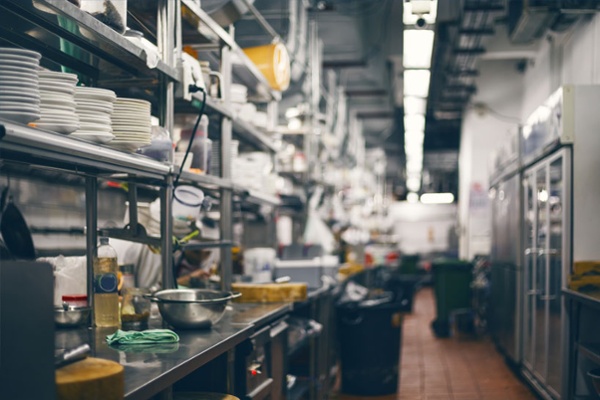
We thought you may be interested to know of a recent VCAT hearing which is of relevance to all commercial property landlords with a Retail Lease.
In April 2019, in the case of Cheng v Wang (Building and Property) [2019] VCAT 496, VCAT determined that a landlord was required to undertake repairs and maintenance at its cost for items that it leased to the tenant.

In summary:
- The premises comprised a restaurant in rural Victoria, which falls within the definition of a retail premises under the Retail Leases Act 2003 (The Act). Included in the Lease were various items belonging to the landlord such as: “a dishwasher, tables, chairs, crockery and cutlery, stoves, fridges and freezer, stereo, cool room and sundry equipment including pots and pans”.
- The tenant had been operating the restaurant for over 30 years, during which time these items had either worn out or needed to be serviced or replaced.
- The tenant sought to recover the cost of repairing, maintaining and/or replacing those items from the landlord.
- In response, the landlord claimed that the terms of the Lease provided that the tenant was solely responsible for the repair and maintenance of the landlord’s fixtures and fittings.
- Section 52 (2) of The Act sets out the landlord’s obligations to repair and maintain the landlord’s installations. These obligations cannot be side-stepped or passed on to the tenant.
- VCAT therefore found in favour of the tenant and ordered the landlord, at its cost, to undertake various repairs, maintenance and replace various items found to be at the end of their life.
There are a number of take-aways from this case, the most critical being:
If the Lease includes fixtures, fittings and/or equipment, the Landlord will be responsible for the repair, maintenance, and sometimes replacement of those items. Therefore, the inclusion of an extensive list of Landlord owned fixtures and fittings in a Lease can be double edged sword. On one hand, an extensively fitted premises can often command a higher rent, however the downside can be the cost of maintaining or replacing those items. In some cases, particularly for older/ dated items, it may be better to remove them entirely or sell the items to the tenant for an agreed market value or simply a nominal amount, eg $1.
Whilst the landlord has a responsibility to maintain the premises and the fixtures and fittings, the landlord is not prevented from recovering some of these costs from the tenant, providing:
- The Act allows the recovery of those costs; and
- the Lease clearly sets out the tenant’s obligations with respect to the costs; and
- the Disclosure Statement provided at the commencement of the Lease itemizes the anticipated ongoing service and repair costs to be recovered.
Regardless of any additional provisions that may have been negotiated and included in the Lease, a landlord cannot opt-out of their obligations under Section 94 of The Act.
As commercial property managers, we often assist in resolving queries and disputes around landlord fixtures and fittings. If you require any assistance with respect to this, please contact us.



